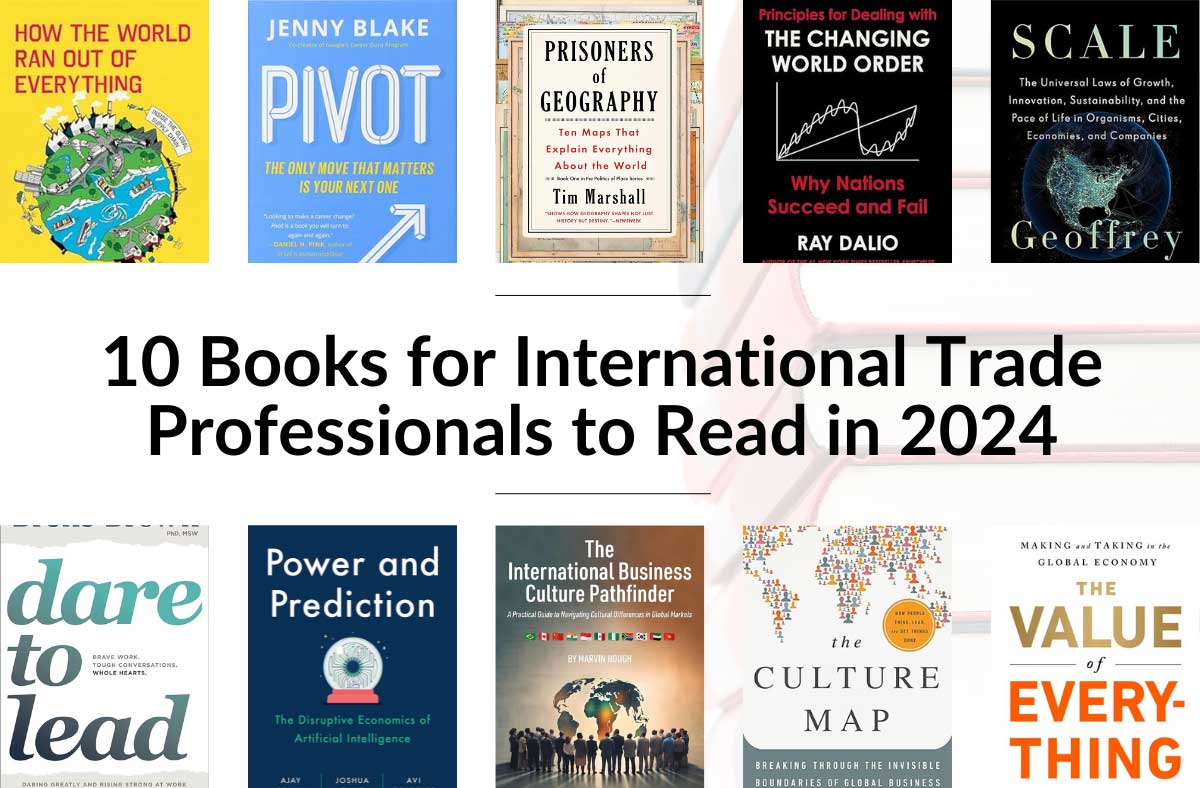 Since Donald Trump’s rise to become President of the United States in 2016, the possibility of NAFTA’s termination has hung like a looming spectre over the future of North American trade.
Since Donald Trump’s rise to become President of the United States in 2016, the possibility of NAFTA’s termination has hung like a looming spectre over the future of North American trade.
Despite NAFTA’s pivotal role in facilitating over $1 trillion of trade each year between Canada, the United States and Mexico, Trump’s administration has on several occasions called for the end of NAFTA or to have significant portions of it re-negotiated to favour American interests.
Re-negotiations began in early 2017, and since then progress has since been made in some areas. Those involved in discussions remain hopeful, but Trump’s attitude towards the agreement remains a wild card and its continued future is by no means guaranteed.
So what would happen if the United States decided to terminate NAFTA, and how can you prepare to handle the resulting scenarios?
How will tariffs be affected?
The consensus among experts is that if NAFTA is terminated, trade would then be governed by the World Trade Organization (WTO) Most Favoured Nation status tariff rules. They stipulate that if a country implements a lower customs duty rate for a product for one country, it must then do so for all WTO members.
Stephen Walkom of the Toronto Star concluded that under these rules, 41% of Canadian exports to the U.S. would remain tariff-free, with most others receiving only small tariffs. The Financial Post surmised that tariffs under these rules would average 3.5% in the U.S., 4.2% in Canada and 7.1% in Mexico, while RBC Economics Research estimates 4% tariffs would be the average for Canadian exports.
Speculation continues regarding whether the previous Canada-U.S. Free Trade Agreement signed in the late 1980s would come back into effect. Many have concluded it would have to be re-implemented before going into force. In that case, the agreement would likely be re-negotiated as well, facing many of the same hurdles NAFTA currently faces. Trump has expressed a preference for bilateral trade agreements to their multilateral counterparts and focused most of his attention on U.S.-Mexico trade complaints. However, a seamless transition from NAFTA to a bilateral Canada-U.S. agreement remains unlikely at best.
Trade between Canada and Mexico comprises only about $40 billion of the over $1 trillion of trade done between the NATFA countries each year, but also faces the most straightforward solution. Even without NAFTA, the Comprehensive and Progressive Agreement for Trans-Pacific Partnership (CPTPP) would eliminate almost all tariffs between Canada and Mexico, both signatories to the agreement. This would then produce an almost identical tariff environment to that which they currently enjoy under NAFTA.
How would Canada and Mexico react?
Canadian officials, including Prime Minister Justin Trudeau, have remained optimistic in their outlook on NAFTA in comments to the media, stating that moving forward with NAFTA in place is their expected result. While they have mentioned that several contingency plans are in place, no specific details have been offered.
Pivots to Europe, the Pacific region covered by the CPTPP and the Chinese market would be expected as part of any contingency plans, should NAFTA fall apart. With the vast majority of Canadian exports still heading to the U.S., however, efforts to help Canadian businesses navigate any new tariffs and negotiate any new trade agreement to replace it would also be a high priority.
Mexico has been more transparent in its planning efforts, in part because of contention over NAFTA’s future in the lead-up to their July 2018 presidential election. Their likely Plan B would be to diversify trade with as many new trade deals as possible. Mexican officials have recently discussed free trade with Brazil, Argentina and the European Free Trade Association (EFTA), consisting of Switzerland, Norway, Iceland and Liechtenstein. Their exports to Brazil, Canada, Japan and the EU all grew in 2017 as well.
Some Mexican politicians have also pushed a Plan C to eliminate as many tariffs as possible and become a “Latin Singapore” to encourage more trade with other countries.
Develop your Plan B to thrive in a post-NAFTA environment
According to a recent survey of Canadian businesses, 75% feel the outcome of NAFTA will affect their decision making processes, but 66% have no contingency plan for if it ends.
With this in mind, what steps do you need to take to protect your business from tariffs that could wreck your bottom line, re-orient your supply chain or adjust your sales strategy to better fit the rules without NAFTA in place?
The first step you need to take is to evaluate the full role of NAFTA on your day-to-day operations and finances.
What NAFTA clauses do you use when transporting goods across borders? Do you or your employees/colleagues travel for work across NAFTA borders to offer services or complete sales? How could your customers, clients, suppliers and other businesses you work with be affected? These questions will help you start to understand the full effect on your business, so you can start developing contingency plans.
Once you understand the full scope of its effects, you’ll need to determine what additional costs or other hurdles your company would face in each scenario: the continuation of NAFTA, trade under the CPTPP or a bilateral Canada-U.S. free trade agreement, trade under the WTO most favoured nation status, or any additional tariffs or regulations that may be implemented. While some businesses may be able to do this themselves, getting help from a customs broker or agent may be a good idea for other businesses to ensure details are factored in and each HS code is classified properly.
Next, you should talk to your suppliers, clients and customers about the potential effects of NAFTA termination on your relationship. If rules of origin changes take place, you may need to change the way your goods are sourced or where they are created to avoid substantial financial penalties.
Finally, you need to develop several plans for each potential scenario, detailing exactly how your business will be affected, what steps you will take to address those changes and how your operational efficiency, supply chains, and finances will respond as a result.
For some businesses, this may be as small as acknowledging a few extra tariffs that will need to be paid, and making minor adjustments to accommodate that in the bottom line. For others, moving business to other countries, making structural changes to their supply chain, or altering partner relationships may be required to maintain a profitable long-term business future.
Whatever the end result, now is the time to start preparing your NAFTA Plan B
Whether trade between Canada, the U.S. and Mexico continues under NAFTA, WTO rules, new trade agreements or something else, the three markets will still be integral for businesses in each country and billions of dollars of trade will cross the borders between them each year.
With so many potential outcomes to the current NAFTA situation, it’s important for the businesses buying and selling across those borders to be prepared for any scenario. While it may seem daunting, taking the proper steps to address each potential issue will save you a lot of time and stress later on.
Once you fully analyze NAFTA’s effects on your business, understand the potential new costs and legal changes that would come into place if the deal is terminated, talk to the businesses you work with and develop new plans, your business will be ready for even the worst case scenario.







disqus comments